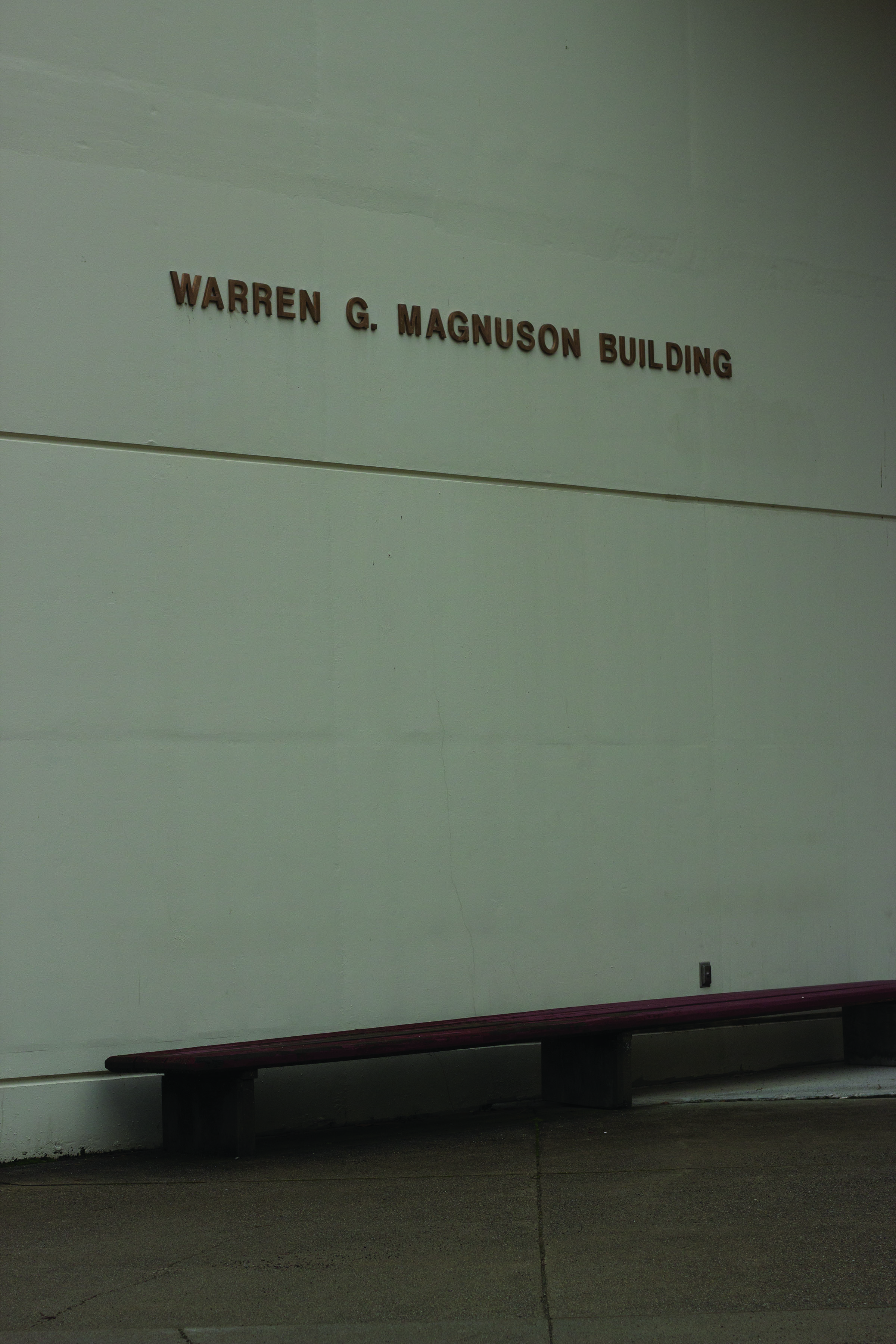
The Magnuson and the Lodge are both, in a way, more focused on the skills learned while in college and how those skills can be applied in life after college.
With the Magnuson, building 27, and the Lodge, building nine, being so disconnected from the main campus here at SFCC, it’s no wonder students have been in the dark about the main functions and benefits both buildings bring to the campus and community as a whole.

The Magnuson building offer s all sorts of different classes and testing, depending on career paths and goals each student has.
Robert Robinson, a facility worker offers some insight as to what the Magnuson building has to offer.
“Any form of testing you need to get done, it gets done here,” said Robinson. “If you want to be a carpenter or a teacher, there’s testing available here for that.”
Among other things, there are ESL classes (English Second Language), PTA programs (Physical Therapy Assistance), and GED (General Educational Development) tests available at the Magnuson building.
The courses offered at the Magnuson building provide a different and more technical approach to career and educational pathways students can explore.
The Lodge building offers students a smaller scale experience at college life while also preparing students for life after college. The main focus of the program SEER: Supported Education & Employment Enhancing Rehabilitation, is to help students build skills for life and future employment, provide students with a smoother transition from college to the workforce, and much more.
BSN students from Gonzaga, Jessica and Kaylee, have volunteered at the Lodge on many occasions and talk highly of the programs offered for students.
“It is a smaller, safer, and more comfortable environment where students who need a little extra help can get it without feeling completely cut off from the campus as a whole,” said Bocchi.
PACE, People Accessing Careers and Education, and SEER offer an opportunity to further a student’s education without feeling like they’re thrown into a class that’s too fast paced or a classroom with little to no instruction.
“It feels more like a mini-school than just a classroom for these students,” said Draine.